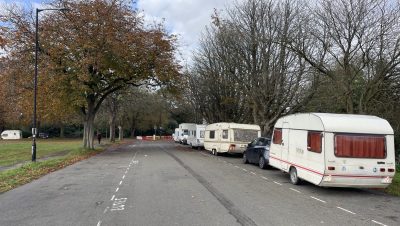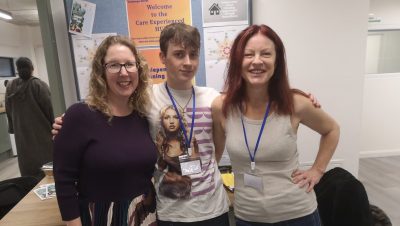News / Growth Strategy
72,000 new jobs to be created under freshly-unveiled ‘Growth Strategy’
“From coast to countryside and great cities. Welcome to the West of England. The future starts here,” was the message of Helen Godwin, mayor of the West of England, during the launch of the region’s new ten-year growth strategy.
The newly-unveiled regional “Growth Strategy” aims to deliver 72,000 new jobs and boost the economy by 28 per cent.
Mayor Godwin unveiled the plan at a special event held at the Bristol Digital Futures Institute (BDFI).
The strategy sets out major ambitions, that includes the UK’s first AI Supercluster, centred on Isambard-AI, recently opened by the secretary of state.
Speaking to Bristol24/7, Godwin said: “Today marks the launch of our new West of England Growth Strategy, a ten-year plan outlining how we want to grow the region’s economy.
“It focuses on the key sectors we aim to support, the areas we see as growth zones and our broader priorities: upskilling young people, respecting nature and our landscapes, preserving our cultural heritage, and ensuring the West of England remains a place people choose to live.”
Godwin went on to explain the pivotal role played by universities of the region in the strategy.
She said: “We’ve got all our universities — University of Bristol, UWE, Bath Spa, University of Bath — as well as all our further education colleges and training providers across the region.
“They’re all equally important in helping to upskill people and equip them with the skills needed for the future economy, particularly within our growth sectors.
“They also play a crucial role in building the infrastructure we need. Here in Temple Quarter, for example, the university is a key partner, providing everything from lab space to digital technologies and much more.”

Amalgam Modelmaking, who works with some leading studios, was one of many exhibitors at the launch of Growth Strategy
The strategy highlights both the high-growth digital, creative and clean energy sectors, as well as the vital “everyday economy” of health, education and hospitality sectors, which provides more than half of all local jobs.
It also proposes a £500m land acquisition fund to help tackle the housing crisis.
Some of the region’s largest employers and institutions were represented at the event with stalls showcasing their input and future contributions to the local economy.
Among the exhibitors were Aardman, Airbus, YTL, City of Bristol College, Bath Fashion Museum, Boomsatsuma, Step and Stone and other leading organisations.
Business West, the umbrella body that provides business support in the region, welcomed the strategy and hailed it for “setting out a strong case to invest in our region”.
Matt Griffith, director of policy at Business West, said : “We congratulate the West of England Mayoral Combined Authority on its compelling proposition for investment and inclusive growth. It provides a clear narrative of what our region could achieve, if we have the right investment.
“This is not our region going cap-in-hand to government, but setting out a strong case to invest in our region, unlock our full potential and contribute to national economic growth.

The unveiling of Growth Strategy also included a guided tour of Bristol Digital Futures Institute, which is already providing WECA-funded bootcamps for those who seek careers in creative industries
He continued: “We welcome the plan’s commitment to work closely with the business community on this agenda, including establishing a new Business Board. We encourage the authority to ensure a wide spectrum of business and sectors can engage with the board, to ensure it truly reflects our region’s varied business landscape.
“We are pleased to see the plan address long-standing constraints to growth, from mass transit, housing and employment land costs, to grid capacity and skills gaps in key sectors. We have long campaigned for improved transport; it is fundamental to improving economic growth, social mobility, cohesion and decarbonisation.”
Conservation, and the jobs it generates, also features prominently in the 120-page strategy.
Backed by Triodos Bank UK, headquartered in Bristol, and leading conservation voices, the plan puts emphasis on nature, while creating jobs and attracting fresh investment.
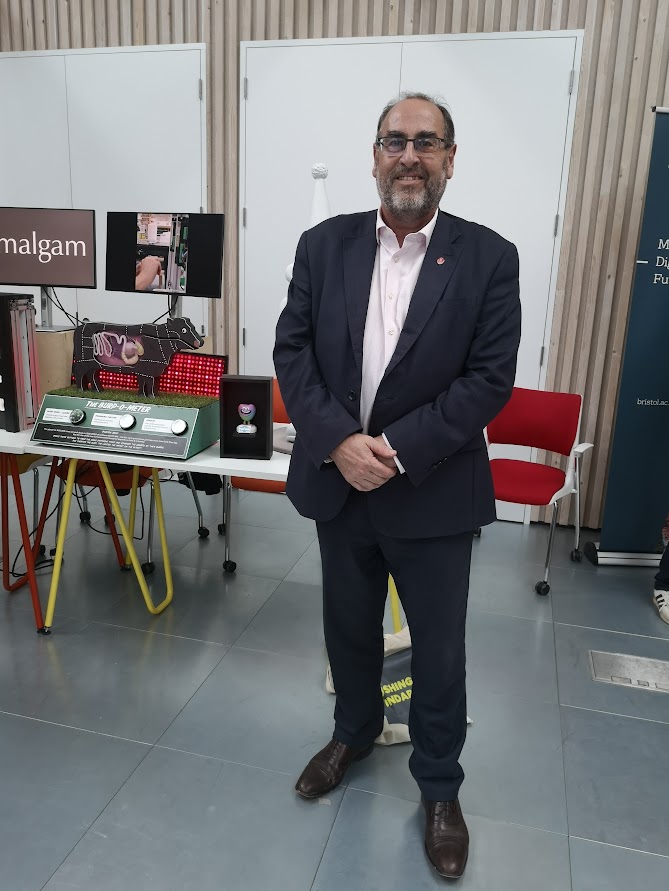
“It highlights key growth areas like advanced manufacturing, digital technology, creative industries and our everyday economy,” said Tony Dyer, leader of Bristol City Council
Tony Dyer, leader of Bristol City Council, welcomed the strategy, noting that Bristol’s creative, clean energy, and innovation sectors are already powering regional growth, with the plan set to deliver more homes, jobs and opportunities across communities.
He said: “This evening, we’re at the launch of the West of England Growth Strategy, a document outlining the opportunities across the region — that is Bristol, Bath, North East Somerset, South Gloucestershire and North Somerset.
“It highlights key growth areas like advanced manufacturing, digital technology, creative industries and our everyday economy. Essentially, it sets out how we can deliver inclusive growth that benefits everyone living here in the West of England.”
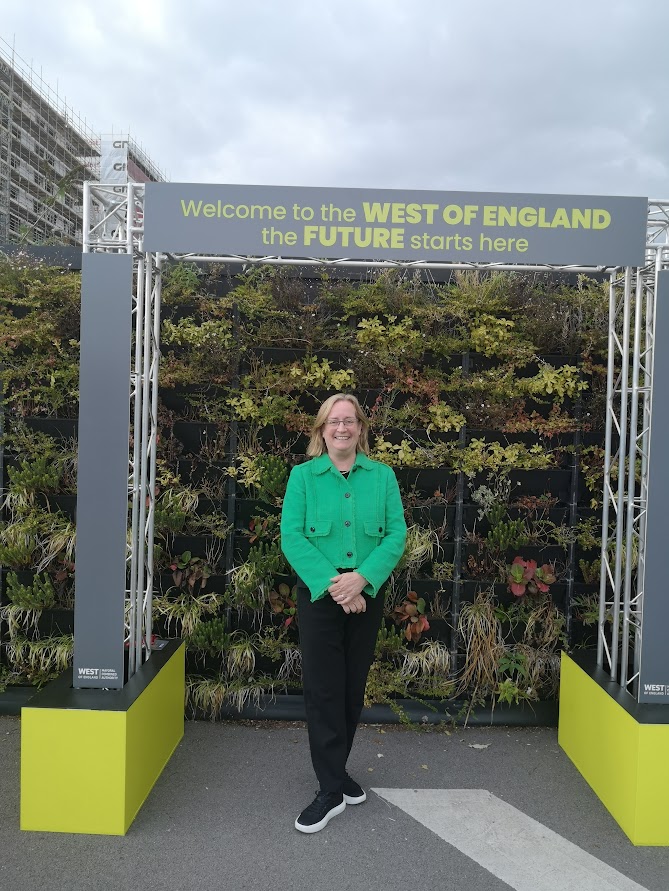
Professor Evelyn Welch, vice-chancellor at the University of Bristol, highlighted the role of the new Temple Quarter campus in driving innovation
Leaders across Bristol, Bath, South Gloucestershire and North Somerset echoed this, presenting the strategy as a collaborative “roadmap for inclusive growth”.
Professor Evelyn Welch, vice-chancellor at the University of Bristol, highlighted the role of the new Temple Quarter campus in driving innovation.
BDFI, part of the Temple Quarter Enterprise Campus, is already at the forefront of reshaping digital innovation. Alongside MyWorld, a University of Bristol-led programme in creative technologies backed by UKRI, it is advancing cutting-edge research and development.
Fully operational since 2024, BDFI has partnered with industry leaders such as Aardman and delivered WECA-funded virtual production bootcamps to upskill local film and TV professionals.

The dignitaries at Reality Emulator with a 360-degree LED screen
Speaking to Bristol24/7, Welch said: “Bristol Digital Futures Institute and MyWorld. These are two innovative spaces that the University of Bristol and others have invested in to create a sort of sense of what our technical creative futures could be.
“So in MyWorld, for example, we’re doing a lot of skills training around new green screen technologies and around how you evaluate audience reactions to the most recent kinds of films.
“And in the Bristol Digital Futures Institute, we’re asking all kinds of questions about how AI will impact you, me, communities and how we ensure that humans don’t get lost in a world of artificial intelligence.”
Welch further added that the Temple Quarter Enterprise Campus will build on lessons from BDFI to create “a larger, globally scaled, open and inclusive hub for research, education and business engagement”.

Professor Iain Gilchrist explaining the significance of Smart Cinema
With an economy already worth £53.7bn and outperforming the national average over the past decade, the region now hopes to secure government backing and private investment to deliver its ambitious vision.
Attendees at the launch were also given a guided tour of BDFI, including its Reality Emulator with a 360-degree LED screen and the Smart Cinema, which studies sensory responses to audiovisual stimuli.
The demonstration of Smart Cinema, led by professor Iain Gilchrist, research lead and professor of neuropsychology at the University of Bristol, explained the intricate physiological and psychological studies done on audiences using cutting-edge technology.

The launch was attended by political figures, academics, industry leaders and the public
The event was rounded off with the first screening of This is the West of England, a new promotional film showcasing the region’s story to investors, shown on the big screen of Smart Cinema.
What is to be expected 10 years down the line?
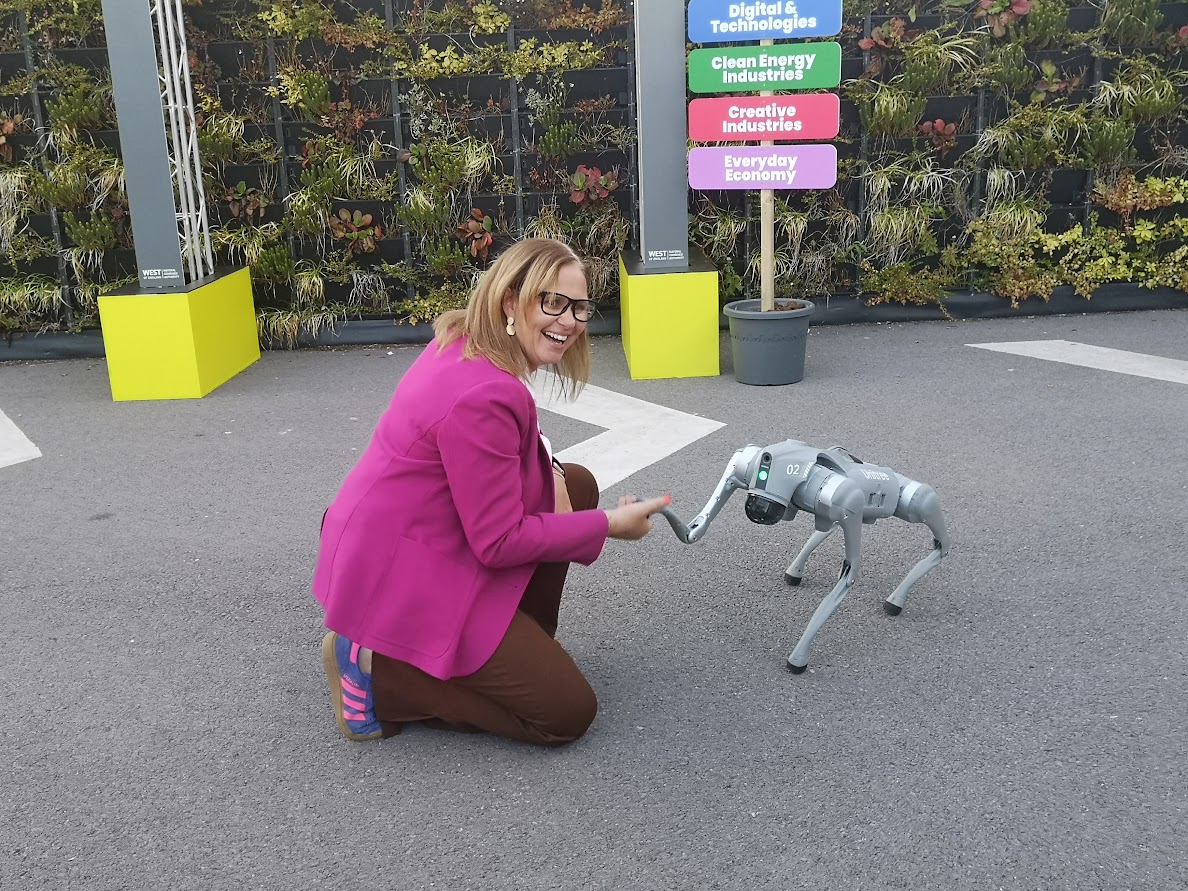
Mayor Godwin with articulated robotic dog unleashed from BDFI
Godwin responded: “In ten years’ time, I think Temple Quarter will look fundamentally different. We’ll have more young people moving into highly skilled jobs, including those who choose not to go to university but want to enter the workforce in roles with strong career progression.
“I hope we’ll be valuing our everyday economy more, with things like affordable childcare in place.
“Importantly, our infrastructure will have improved too — more homes that people can afford, better public transport including buses, rail and expanded mass transit.”
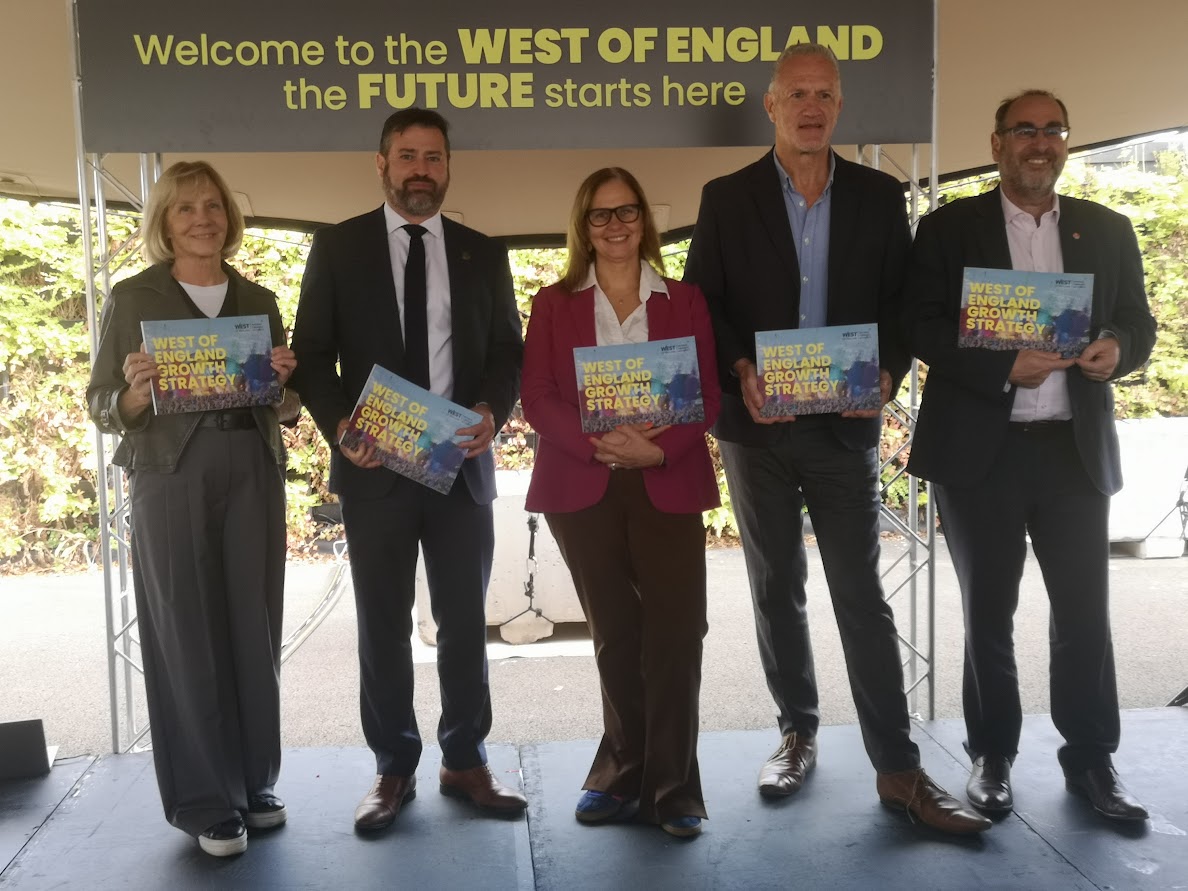
The newly-unveiled regional “Growth Strategy” aims to deliver 72,000 new jobs and boost the economy by 28 per cent
All photos: Milan Perera
Read next:
 Our newsletters emailed directly to you
Our newsletters emailed directly to you













